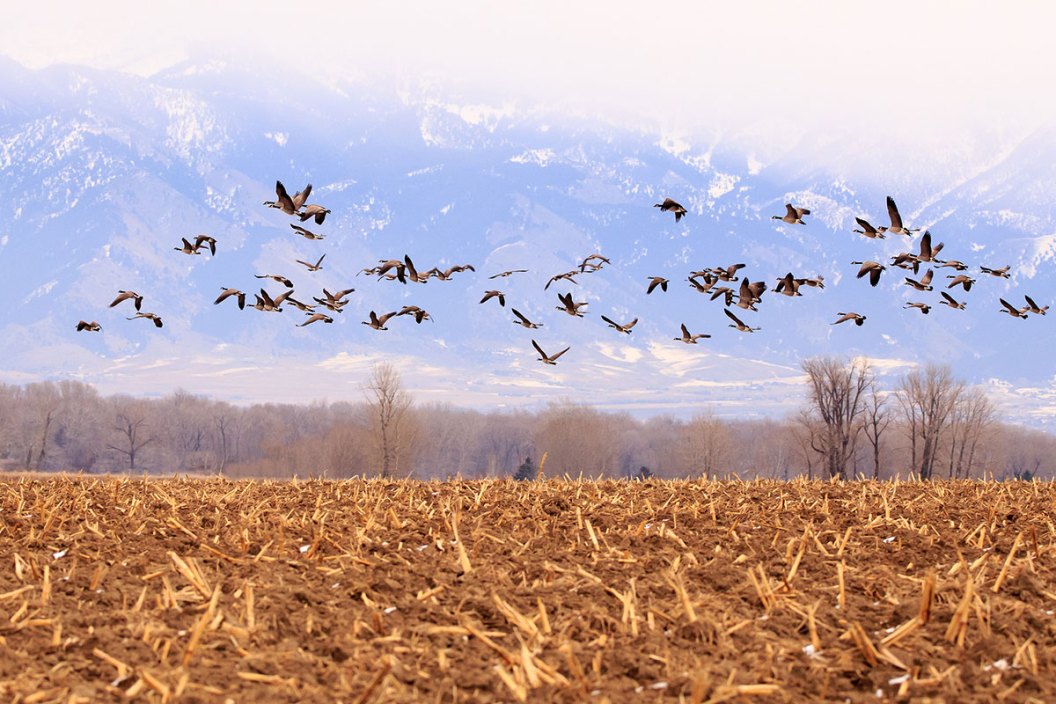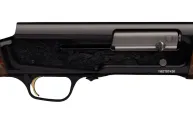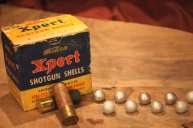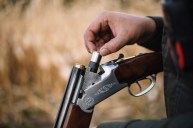We've got ideas for your new goose hunting shotgun.
Waterfowl hunting is a rite of passage, and many that start don't stop until the very end of their lives. Both duck hunters and goose hunters will agree that a good shotgun makes all the difference, not just for the season, but for each consecutive year leading into the future.
Waterfowl hunters that are in the market for a good quality goose hunting shotgun can find several great options. Determining which is best for them is a matter of preference, style, and needs.
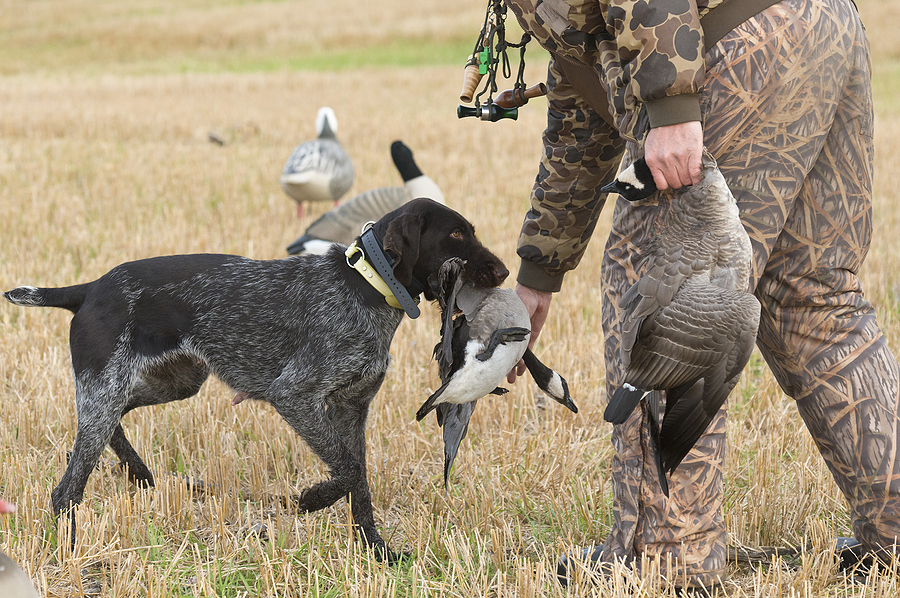
You can opt for a semi-automatic or a pump shotgun, but waterfowlers need to keep other things in mind like barrel length, the inclusion of choke tubes, and choice of camo patterns. We've got info on all that right here.
Waterfowl seasons may come and go, but a good goose gun is meant to last a long time. These should accomplish that with performance to spare.
Benelli Super Black Eagle 3
The Benelli Super Black Eagle may be the first name in waterfowl hunting firearms anywhere. It's a bucket list shotgun for so many that it's hard to imagine not wanting one. The Super Black Eagle 3 is one of the most favored of any 3-1/2" chambered waterfowl guns out there and now comes in a right or left hand shooting models.
Lefty hunters can choose from either a Realtree Max-5 camo pattern or a basic black synthetic stock and for the righties, there are seven other camo options as well. Barrel lengths range from 24 inch, 26 inch, and 28 inch versions, all in standard 12 gauge models.
This Benelli also comes with the famous comfort tech shock-absorbing chevron system on the stock and the inertia driven system. That system easily handles everything from low brass field loads to the 3-1/2" magnums that goose hunters love.
Beretta A400 Xtreme Plus
The A400 Xtreme Plus fits a goose hunter like a pair of Nikes fit LeBron.
According to Beretta, "The A400 Xtreme Plus is the next step in the evolution of the world's softest shooting waterfowl shotgun."
The shotgun comes in two new camouflage patterns, Kryptek Yeti and Realtree Timber, and barrel lengths from 26-30 inches.
The new barrel is designed with Beretta's ultimate Steelium Plus Optima Bore and chambered for up to 3-1/2" shells. The five "Black Edition" choke tubes included in the gun's system makes it a very versatile gun out of the box. Hunters have every type of pattern they need from close in field shots to the far reaching attempts over open water.
Browning BPS
Auto-loaders are the way of the future, but many of us simply love our pump action 12 gauge, and using the Browning BPS might just sway you onto that side. This shotgun is as reliable as any, and it has a great finish that makes it resistant to water and abrasion.
The Invector Plus choke tube system is made to fit only Browning shotguns stamped with the coinciding Invector Plus logo, but you may not need anything else.
Pump shotguns have had a place for waterfowlers since their inception and today's Browning is no exception. They are lightweight, have an incredibly easy action, and use "a rugged, machined steel receiver, steel internal components and twin steel action bars for long-lasting, bind-free, pump-action performance."
Mossberg 835 Ulti-Mag
This is another great pump gun for those who like the more traditional action. The Mossy Oak Shadow Grass Blades finish is one of the most concealing looks on any waterfowl gun. The 28 inch barrel and vented rib are a part of a system that also comes with the five choke Accu-Mag set.
Mossberg claims that its 835 Ulti-Mag is the "world's first 3-1/2" pump shotgun," and it also shoots 2-3/4" and 3" shells as well.
The most important school of thought for every waterfowl hunter and their shotgun is that they should be comfortable before ever hunting with it. There is no wrong answer here, just the fun in arguing between friends about the differing models.
What we really notice in a goose gun is the difference between a 26-inch barrel and a 30-inch barrel, especially in terms of recoil reduction and long-range accuracy. Much of this depends on the shotshells you're using for ammo and the size of the chamber. There are a lot of variables when we're talking about knocking down big geese and keeping them down.
Once you're in the duck blind or in a cut cornfield and the decoys are spread, things like forend and length of pull should be an afterthought. The last thing that you want is to have an issue with your firearm, and using one of these choices we've suggested should help keep that from happening.
When the geese are decoying and coming into your set, all you want to know is that your aim is true and your shotgun is ready.
Once everything falls into place, it sure is a heck of a lot of fun.
Looking for a little more or even hot lunch for your hunting blind? Follow my webpage, or on Facebook and Twitter.
NEXT: THE 5 BEST WATERFOWL CALLS FOR LESS THAN $50
WATCH
